
Father Pitt has not yet identified the architect of these four apartment buildings in Mount Lebanon, but the style is so distinctive that we can confidently attribute them to the same hand. Adopting the practice of art scholars who name unidentified artists after the most distinctive features of their style, we call this architect the Master of the Jumbled Bricks. Perhaps some reader knows the architect’s real name.
The buildings all share patches of bricks and brick pieces laid in a jumble, as you see above. They also all use irregular (sometimes multicolored) roof slates and ornamental half-timbering, and even the bricks laid in regular courses are given as irregular a texture as possible. They are all in the exaggerated historicist manner that old Pa Pitt calls the Fairy-Tale Style.

We’ll begin with this building on Central Square. The bricks here have had some repair, but we can still see the effort and patient professional work that went into making the building look as though it was built by gnomes.





Not far away, on the other side of uptown Mount Lebanon, another of these apartment buildings stands on Florida Avenue:

Here the jumbling of the bricks is more patterned.



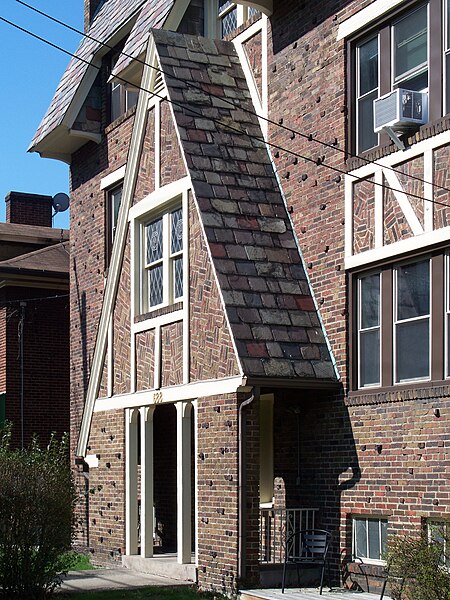

The polychrome irregular roof slates add to the fairy-tale atmosphere.

The next one, on Bower Hill Road, has fewer jumbles; they are placed up at the top among the irregular roof slates as a kind of billboard for the style.


Though the shades are more muted, these roof slates are also different colors.



Finally, the Stratford on Beverly Road.






So far, Father Pitt has found these four apartment buildings in Mount Lebanon designed by this unusually whimsical artist. There are probably others lurking in plain sight. Does anyone know the architect’s real name?
Father Pitt will add that he has some reason for suspecting that it might have been Theodore Eichholz, who was known to work in the fairy-tale style, and who designed an extraordinary whimsy in Highland Park, the Bendet house on Cordova Road, which uses jumbled bricks across the entire front. But this is only a vague suspicion. Anyone with better information is earnestly desired to inform us.
(Update: More and more evidence is pointing to Charles Geisler, resident of Beechview and architect of numerous apartment buildings in Mount Lebanon and Dormont, as well as Squirrel Hill, as the Master of the Jumbled Bricks. This is what the television reporters call a developing story, and old Pa Pitt will update this article with any more certain conclusions.)












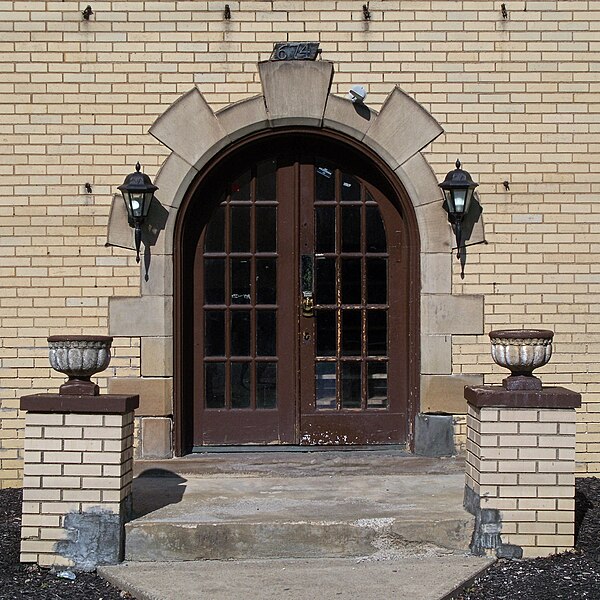
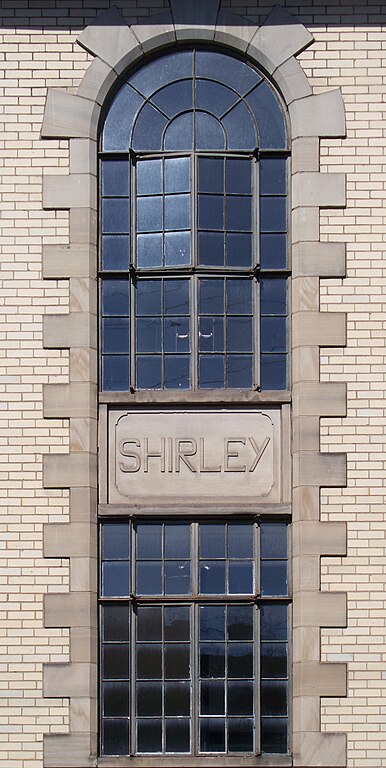




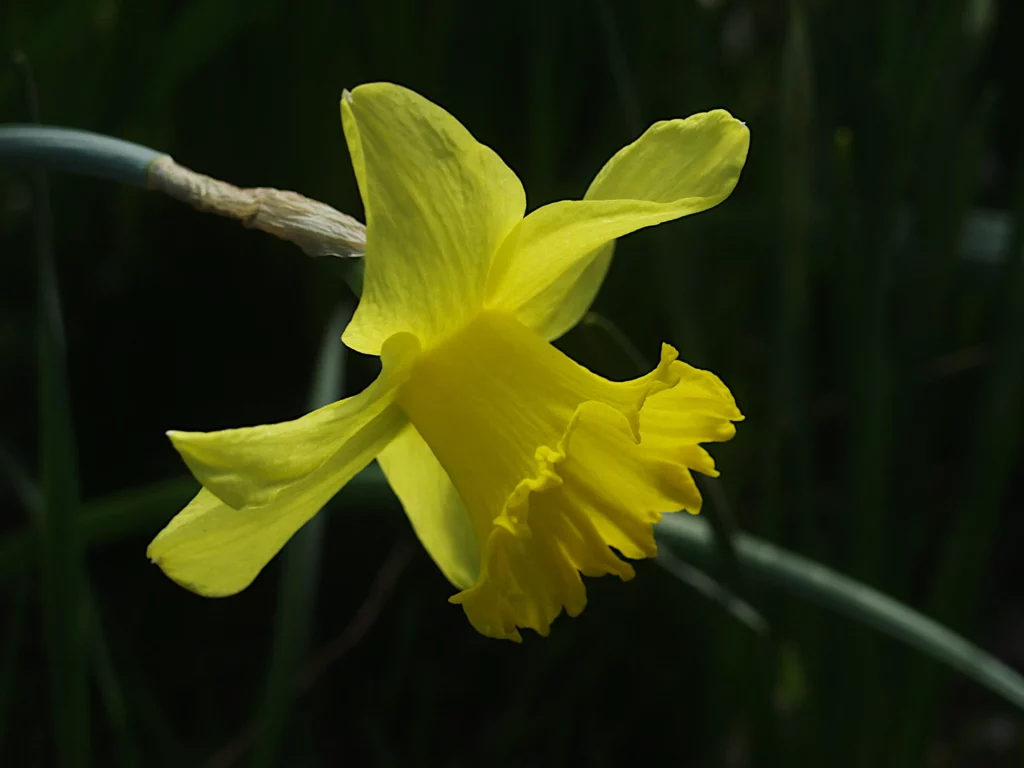
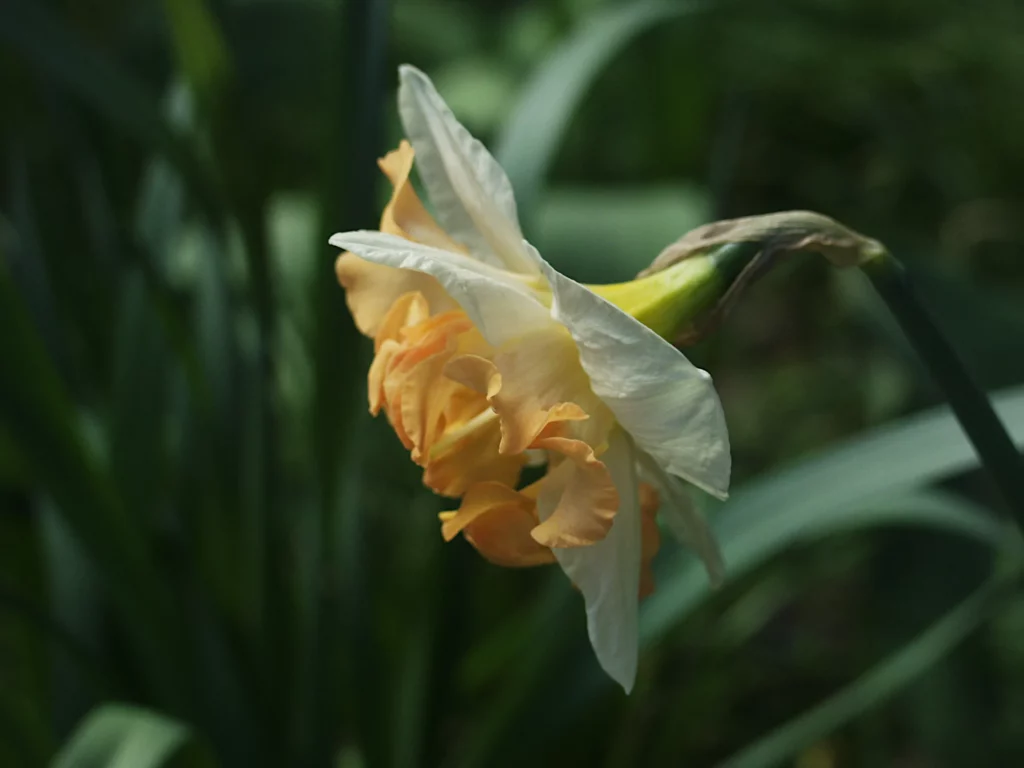
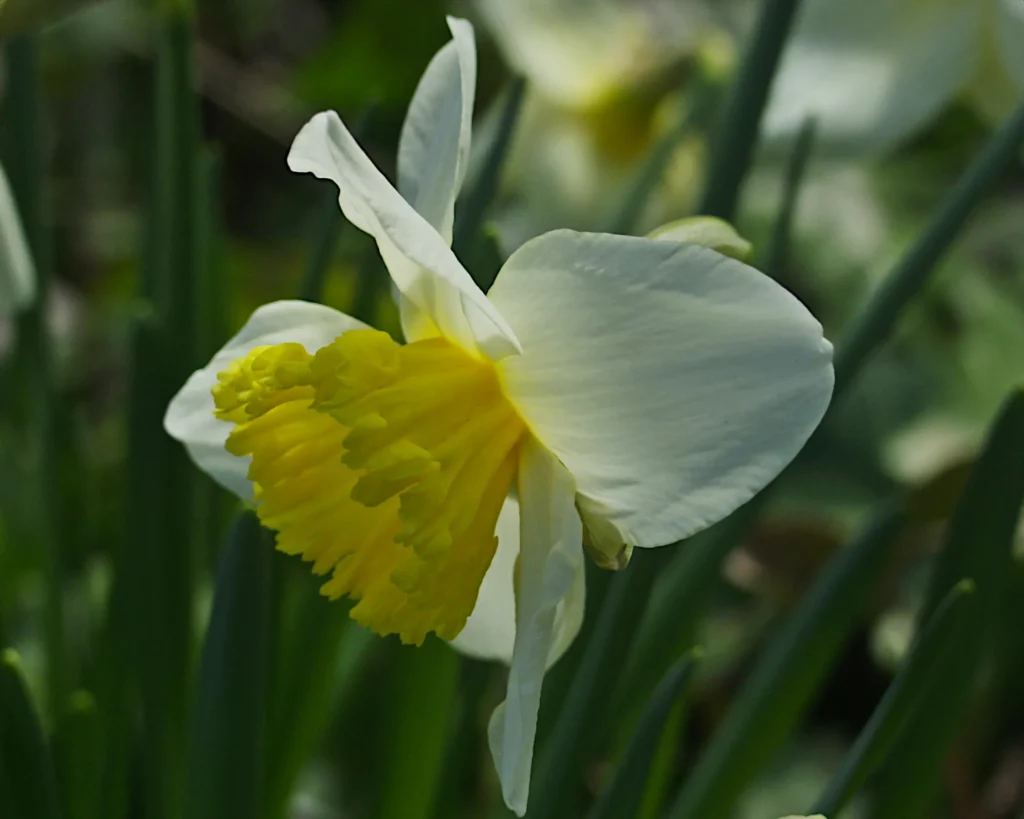



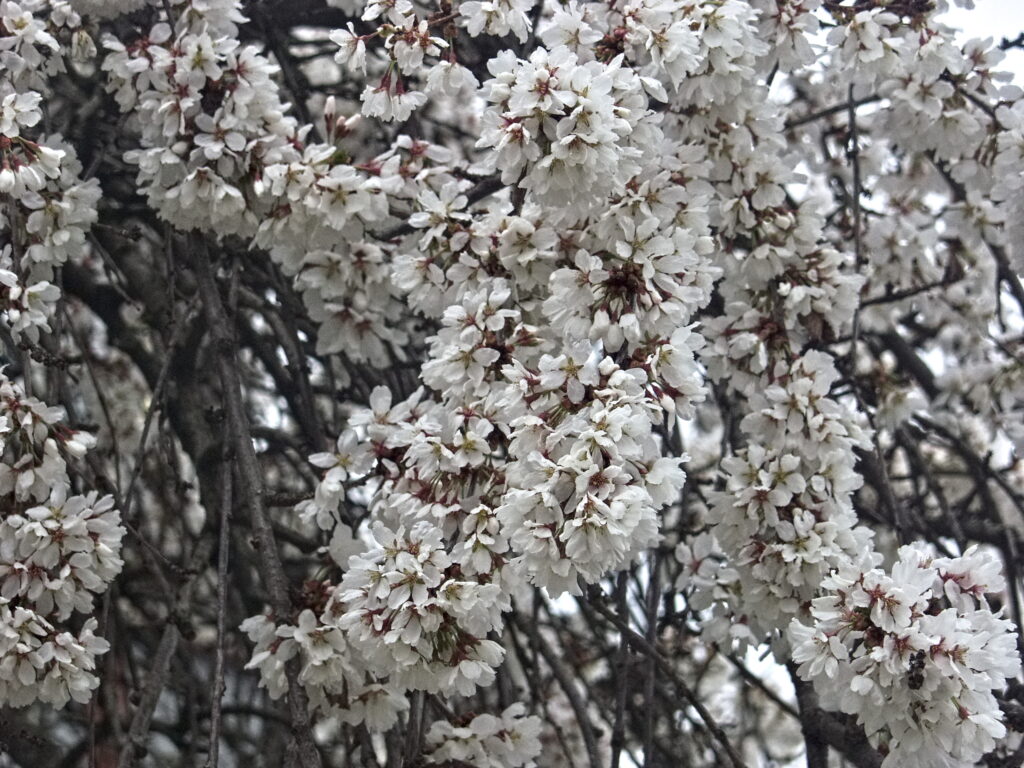
One response